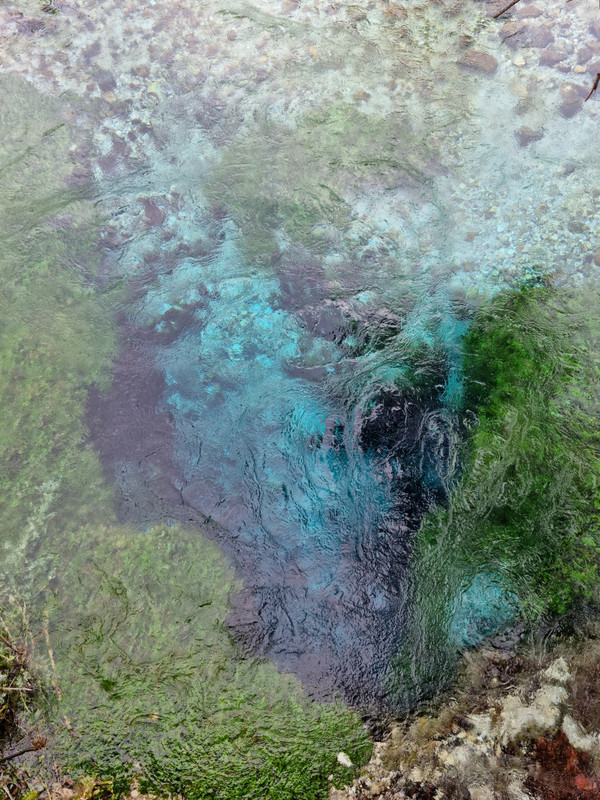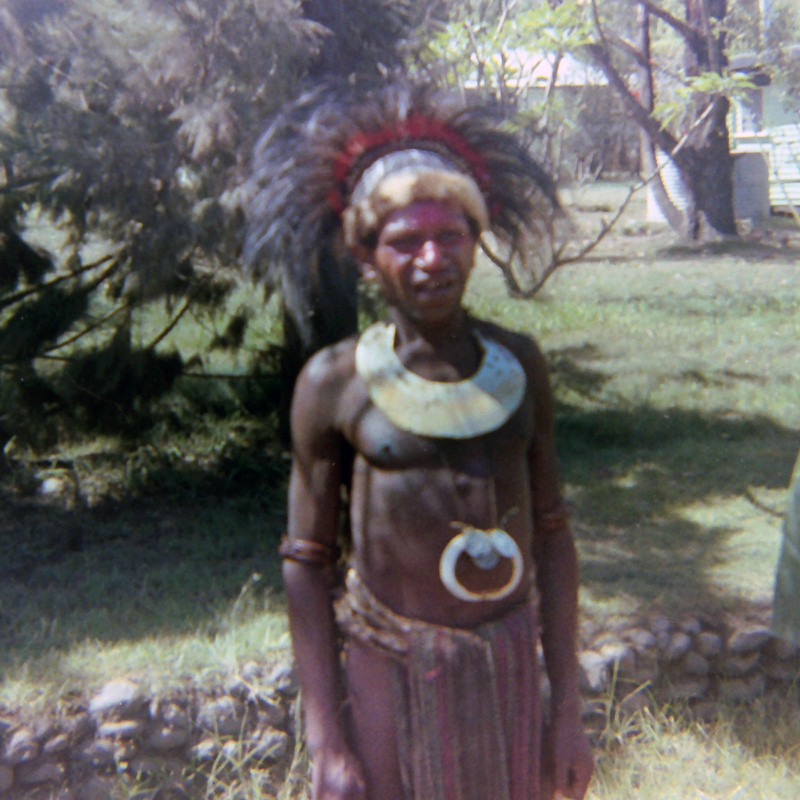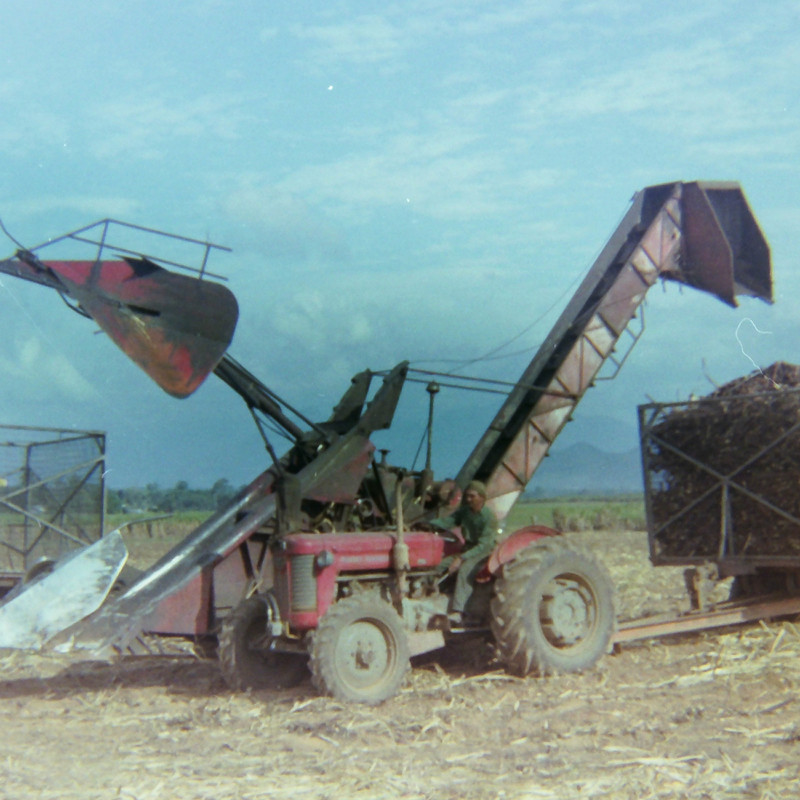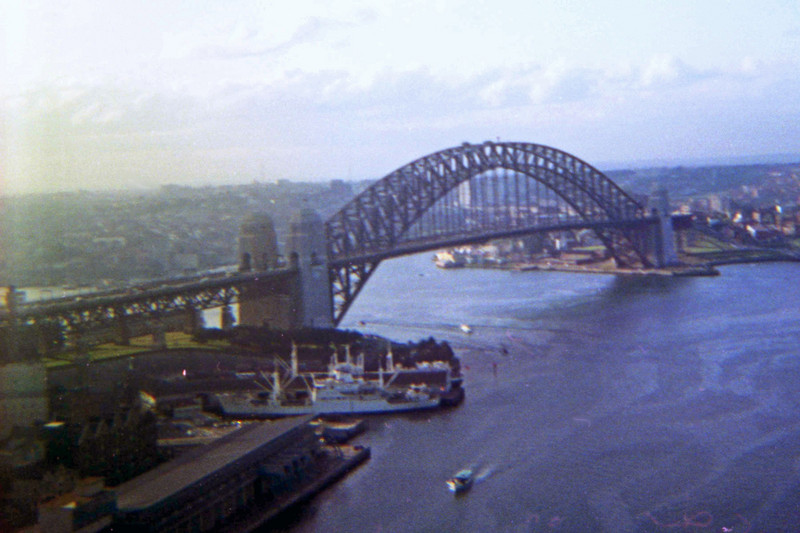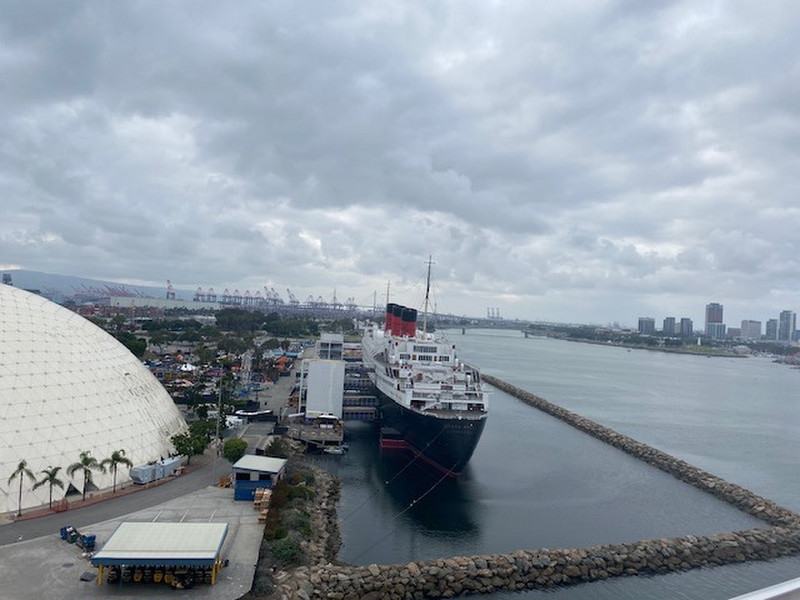But it was worth it because first stop of the day was at The Blue Eye (specifically Blue Eye - south, because there is another Blue Eye in the northern Albanian alps, walkable from Theth where we were a couple of weeks ago).
By being early we beat all the crowds, because by all accounts, it can get very busy (and there were many people heading to the attraction whilst we were leaving).
The Blue Eye is karst in origin and emits water at an alarming rate. Beautifully clear water, as it should be as it has been filtered through limestone. It has a very distinctive blue eye at its heart, with the bottom being 50 metres below the surface, at least. Divers have been unable to reach the base source because of the pressure of the water.
In geological terms it is a Vauclusian spring. That is a spring that originates from a shaft or a cave system, with the water surging upwards under relatively high pressure. Somewhere underground up to 18 springs are feeding this single outlet.
Then on to Butrint National Park, in historical terms one of the most important sites visited on this trip.
In legend it is said that the first noticeable settlement on the island/peninsula was established by seer Helenus, a son of king Priam of Troy, who had moved west after the fall of Troy.
In archaeological terms settlement back to between the 10th and 8th C BC has been identified and it could possibly be that it was settled in 12th C BC.
During excavation, which was started by the Italians in 1928, the ruins of 4 distinct occupation periods have been identified, including Roman, Byzantine, Venetian and Ottoman. It is almost like a Pompeii discovery because barely the top of the odd taller structure was visible above ground before excavation started. They must have moved 20 to 30 foot of ground cover across the extensive site.
There are Venetian towers from the 15/16th C, Roman theatre (3rd C) and mosaics from 5/6th C (though disappointingly almost all of these are covered for protection), and other Roman ruins spreading from the 4th C BC through to 6th C AD.
had a guide escort us around the site, though to be frank she was very heavy on detail and very light on making sure we were in the shade on what was a very hot day.
Unsurprisingly this is a UNESCO World Heritage site, and could so easily have been destroyed as there had been plans to build a naval base there.
After lunch (too long though - need to feedback to Explore that some lunch breaks are too leisurely) we moved to our afternoon and overnight stop of Saranda, a coastal resort.
This southern end of the Albanian coastline is called the Albanian Riviera because of its beaches and coastline. Saranda is one of the places where much development has taken place over the last 20 years or so. It is in danger of going the way of the Spanish Costas with over development.
Once there it was essentially free time for the rest of the day. After a brief rest we therefore took ourselves to the, very rough pebble, beach and had a dip. Warmer than our local Blackpool Sands beach, but cooler than we hoped for.
a traffic free promenade lined with bars and eateries. So a nice place to spend the evening, until the rains hit at about 8pm! But the hotel was barely 5 minutes walk, and the rain was intermittent.
Sunday started off in beautiful sunshine, and ended in a mountain forest with cloud base below our altitude. Quite a contrast.
Built in the late 15th C under Venetian rule as a stronghold to exploit fishing, grazing and olives & timber in and around the area down to Butrint further south.
Unfortunately one of our group caught his foot in a hole in the upper pavement at the castle, had a bad fall and a shoulder injury the severity of which could not be judged at the time.
